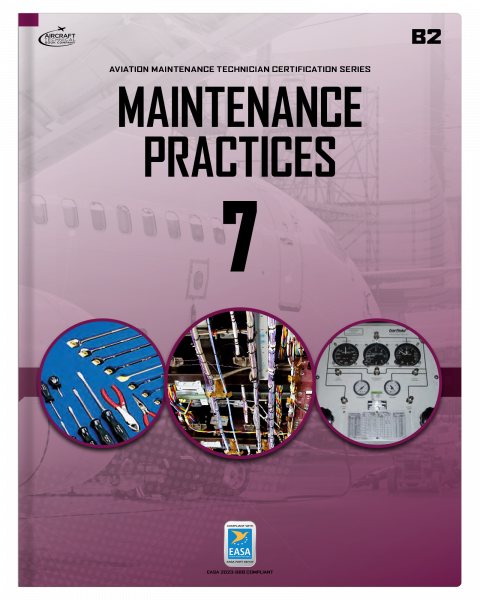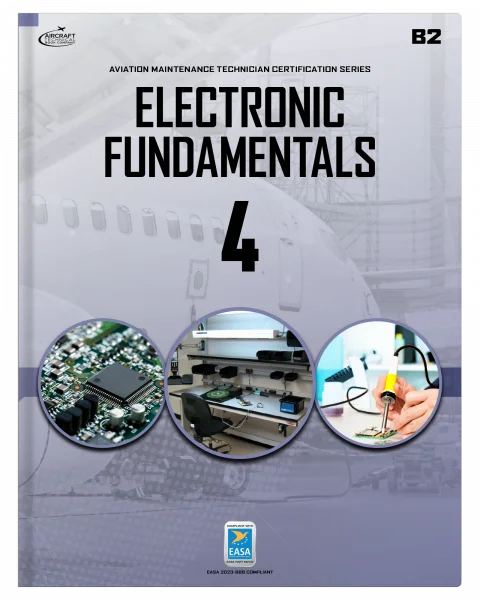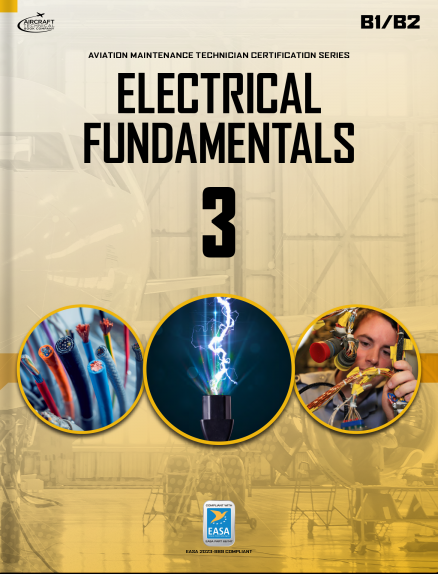Description
Last updated on November 10th, 2025 at 07:20 am
EASA Part 66 Maintenance Practices Module
Comprehensive Training for B1 and B2 Technician Programs
The EASA Part 66 Maintenance Practices module is meticulously updated to align with the latest standards (Revision 2023-989). It serves as a fundamental component for both B1 (Mechanical) and B2 (Avionics) technician training programs. Recognized by multiple national aviation authorities, this comprehensive course is integrated into the curricula of Part 147 approved maintenance training organizations, ensuring that students receive top-tier education in aviation maintenance.
Course Structure
The module’s syllabus is detailed and structured according to EASA Part 66 Appendix 1, catering to the specific needs of both B1 and B2 programs:
- B2 Program: Comprises 13 sections focused on avionics maintenance practices.
- B1 Program: Includes 20 sections, covering both fundamental and advanced mechanical topics.
Key Topics Covered
The curriculum encompasses critical subjects essential for competent aircraft maintenance technicians:
- Safety Precautions—Aircraft and Workshop (L3)
- Workshop Practices (L3)
- Tools (L3)
- Engineering Drawings, Diagrams, and Standards (L2)
- Fits and Clearances (L1)
- Electrical Wiring Interconnection System (EWIS) (L3)
- Disassembly, Inspection, Repair, and Assembly Techniques (L1, L2, L3)
- Maintenance Procedures (L2)
- Material Handling—Documentation and Communication (L2)
- Aircraft Weight and Balance (L2)
- Aircraft Handling and Storage (L2)
- Additive Manufacturing (L1)
- Inspection Following Lightning Strikes and HIRF (L2)
For the B1 program, additional advanced topics are included to meet the higher competency requirements.
(Note: The full table of contents is available via the “Look Inside” feature.)
Learning Levels Explained
Understanding the Learning Levels (L1, L2, L3) is crucial:
- L1 (Knowledge): Basic understanding and recall of information.
- L2 (Comprehension and Application): Ability to explain concepts and apply knowledge to simple situations.
- L3 (Analysis and Synthesis): Competence in analyzing complex situations and synthesizing information to solve problems.
The required learning levels differ between the B1 and B2 modules due to the varying complexity and scope of topics:
- B1 Program: Demands higher learning levels in certain areas, covering more in-depth mechanical systems and procedures.
- B2 Program: Focuses on avionics systems with learning levels tailored to electronic and electrical maintenance practices.
Each topic is presented with clear, accessible language and is supplemented by exceptional full-color illustrations. This step-by-step instructional approach ensures that students thoroughly understand the material and can effectively apply their skills in real-world aviation maintenance scenarios.
Benefits of This Module
- Up-to-Date Content: Aligns with the latest EASA standards (Revision 2023-989), ensuring relevance in today’s aviation industry.
- Comprehensive Coverage: Addresses all necessary topics for both B1 and B2 certifications.
- Quality Education: Endorsed by national authorities and used by Part 147 approved schools worldwide.
- Practical Application: Emphasizes real-world maintenance tasks, preparing students for everyday challenges.
Instructor Support Services
For educational institutions seeking to adopt the ATB modules as primary teaching materials, we offer a range of additional services to support instructors and enhance the learning experience:
- Projectable Image Banks: Access to high-quality visuals and diagrams for engaging classroom presentations.
- Extensive Examination Question Databases: A vast collection of exam questions to assess student understanding and readiness.
- Customized Instructor Support: Tailored assistance to meet the specific needs of your program and ensure compliance with competent authority requirements.
Invest in excellence with the EASA Part 66 Maintenance Practices module. Equip yourself or your students with the knowledge and skills necessary to excel in the aviation maintenance field, backed by a curriculum that meets the highest international standards.
For more information or to request instructor support services, please contact us.









Reviews
There are no reviews yet